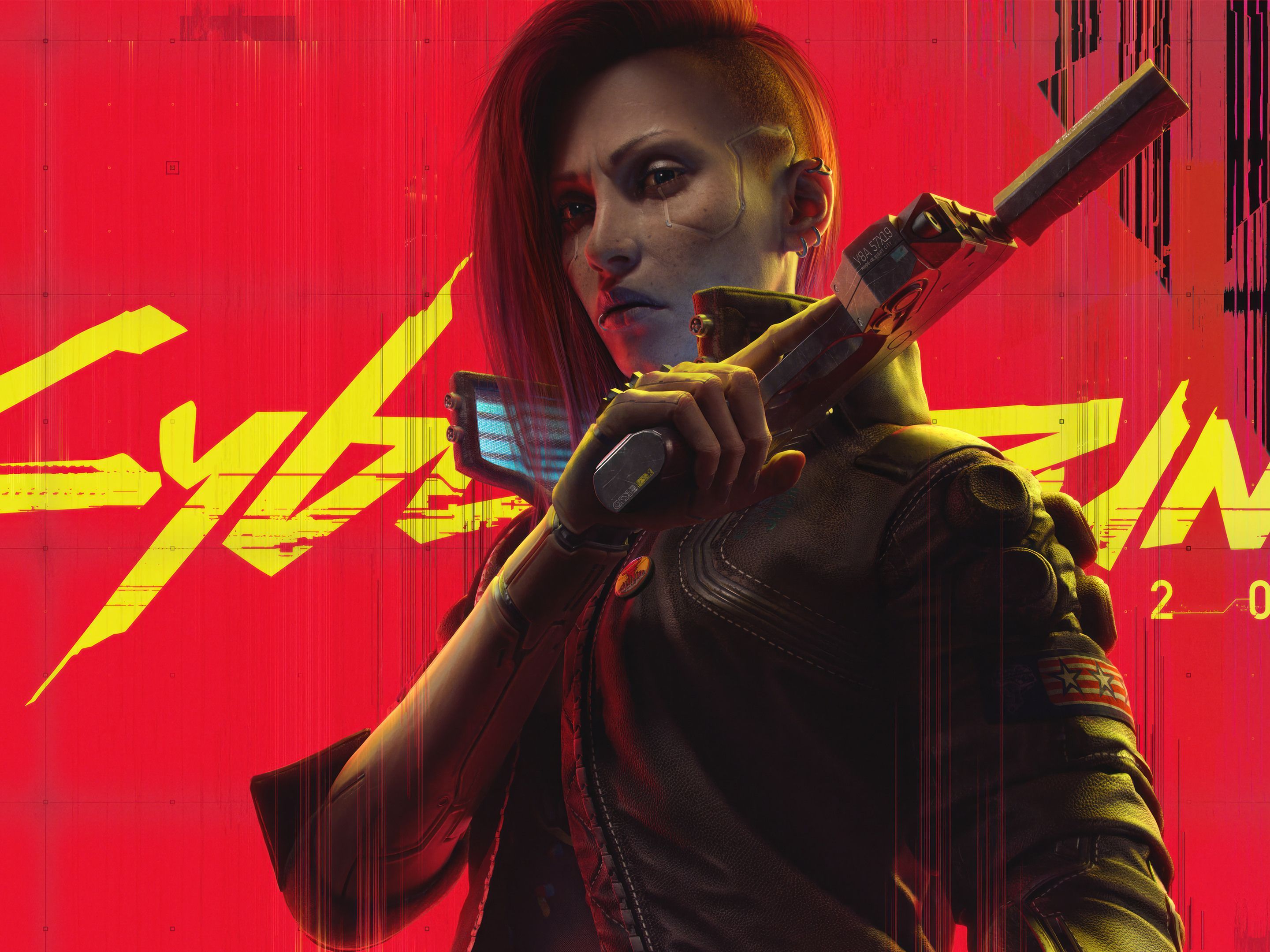Neverwinter Nights: Enhanced Edition Score: Modding Legacy
Since its initial release in 2002, Neverwinter Nights (NWN) has stood as a pillar of the RPG genre, not just for its compelling single-player campaigns or its Dungeons & Dragons roots, but for its groundbreaking modding capabilities. With the arrival of Neverwinter Nights: Enhanced Edition (NWN:EE) in 2018, Beamdog and Skybound Games revitalized the classic, ensuring its legacy would endure for a new generation. Yet, beyond the visual upgrades and quality-of-life improvements, the true triumph of NWN:EE lies in its unwavering commitment to modding—a feature that has sustained the game’s community for over two decades.
The Birth of a Modding Giant
From the outset, Neverwinter Nights was designed with customization in mind. Its Aurora Toolset, bundled with the original game, allowed players to craft their own adventures, complete with custom scripts, dialogue trees, and even entire worlds. This wasn’t just a novelty—it was revolutionary. Unlike many RPGs of its time, NWN didn’t just offer a static experience; it provided a canvas for creativity.
The modding scene flourished almost immediately. Players built everything from small dungeon crawls to sprawling epics, some rivaling the scope of BioWare’s own campaigns. Persistent worlds (PWs) emerged, turning NWN into an early form of MMORPG, where players could log into player-run servers and forge their own stories. The game became less of a product and more of a platform—a distinction that has kept it alive long after its contemporaries faded into obscurity.
Enhanced Edition: A Second Wind
When NWN:EE was announced, skeptics questioned whether a graphical facelift and minor engine tweaks were enough to justify a re-release. But Beamdog understood something crucial: the heart of NWN wasn’t just in its code, but in its community. The Enhanced Edition wasn’t merely about prettier visuals—it was about ensuring modding tools remained accessible and functional in the modern era.
Key improvements included:
- Native support for modern systems: No more wrestling with compatibility modes or fan patches.
- Enhanced multiplayer stability: Critical for persistent worlds and co-op modules.
- Expanded toolset capabilities: New scripting functions and asset support breathed fresh life into mod creation.
Most importantly, NWN:EE maintained full backward compatibility with legacy content. Old modules still worked, and modders could update their creations without starting from scratch. This respect for the existing ecosystem ensured that the transition to EE felt like an evolution, not a reboot.
The Modding Renaissance
The Enhanced Edition didn’t just preserve the modding scene—it reinvigorated it. New creators joined veterans, and platforms like the Neverwinter Vault (now hosted at Nexus Mods) saw a resurgence in activity. Some standout examples of post-EE modding include:
- Aielund Saga (Enhanced): One of NWN’s most beloved campaigns received a full EE makeover, with improved visuals and gameplay refinements.
- The Ravenloft PW: A gothic horror-themed persistent world that leverages EE’s enhanced lighting and scripting for a more immersive experience.
- Community patches and overhauls: From AI tweaks to high-resolution texture packs, modders have pushed the engine beyond its original limits.
Perhaps the most telling sign of NWN:EE’s success is the persistence of its multiplayer community. Servers like Blackstone Keep and World of Greyhawk continue to thrive, offering rich, dynamic roleplaying experiences that commercial MMOs often struggle to match.
Why Modding Still Matters
In an era where many games lock customization behind paid DLC or proprietary tools, NWN:EE stands as a testament to the power of player-driven content. Modding isn’t just a bonus feature—it’s the lifeblood of the game. It allows for:

- Endless replayability: With thousands of modules available, no two playthroughs need ever be the same.
- Creative expression: Aspiring designers cut their teeth on the Aurora Toolset, some even transitioning into professional game development.
- Community collaboration: Modders frequently build upon each other’s work, fostering a culture of shared creativity.
Moreover, NWN’s modding legacy has influenced countless other games, from The Elder Scrolls series to Divinity: Original Sin. It proved that giving players the tools to create could extend a game’s lifespan far beyond its initial release.
The Future of Neverwinter Nights
With Beamdog continuing to release patches and the community showing no signs of slowing down, NWN:EE’s future looks bright. The recent addition of Steam Workshop support has made modding more accessible than ever, and fan projects like Neverwinter Nights: The Aielund Saga Remastered demonstrate that the passion for this 20-year-old game remains undimmed.
As long as there are stories to tell and worlds to build, Neverwinter Nights: Enhanced Edition will endure—not just as a game, but as a living, evolving platform for imagination. Its modding legacy isn’t just a footnote in gaming history; it’s the defining chapter.
















